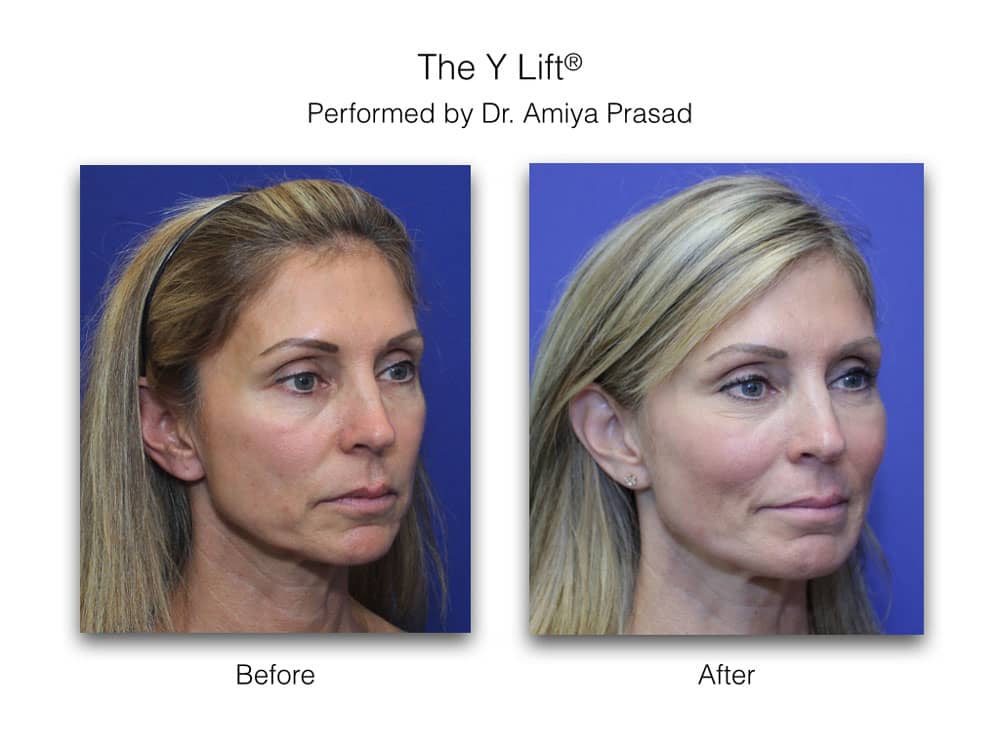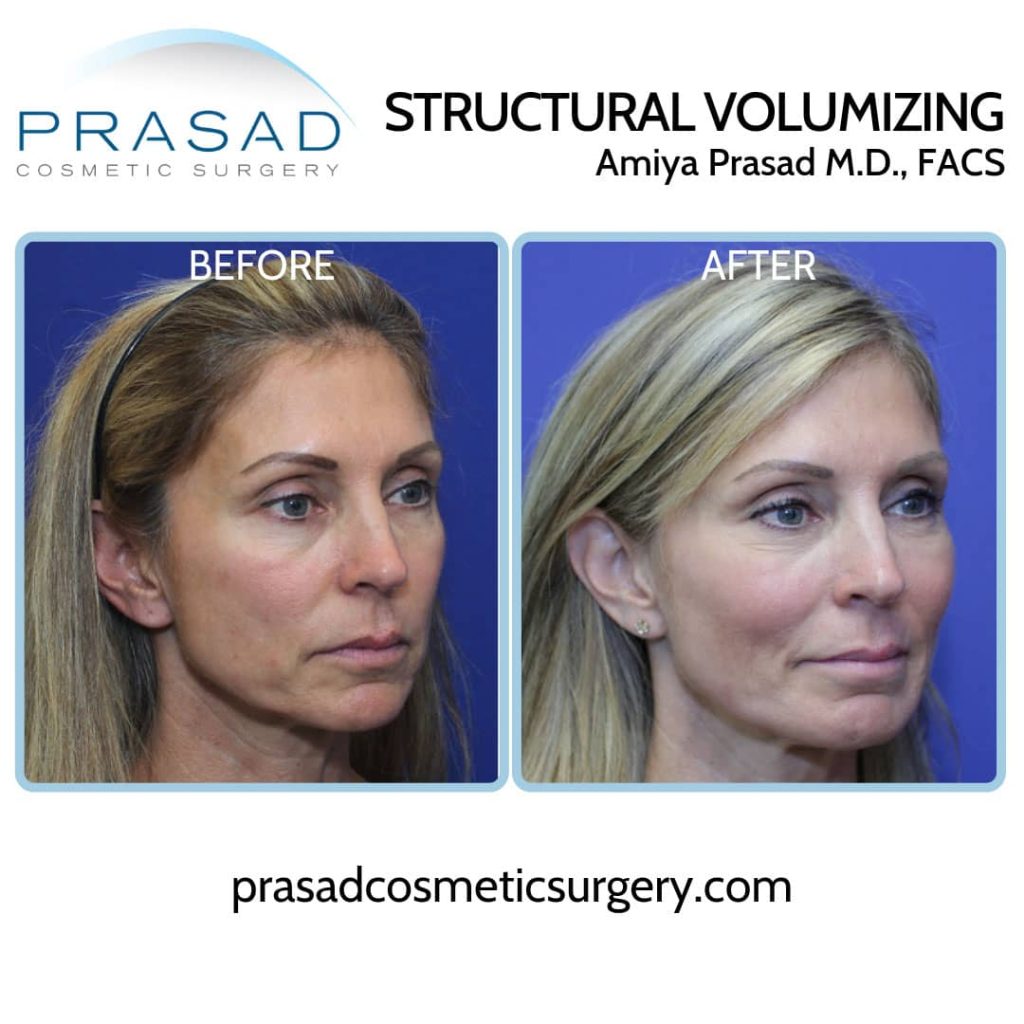In our office, we see a lot of people who are concerned about under eye puffiness and hollowness. While they appear to be diametrically opposite situations, they can be concurrent in certain circumstances. I’ll go over how I evaluate patients who have concerns about their lower eyes, and how I develop treatment plans for them.
As a cosmetic oculoplastic surgeon, I specialize in primary upper and lower eyelid cosmetic surgery, non-surgical eyelid treatments such as the use of injectable fillers, neuromodulators, and lasers, and the correction of complications from eyelid surgery performed by other doctors. Every day, I help people with under eye puffiness, as well as hollow eyes and discoloration of the lower eyelids.
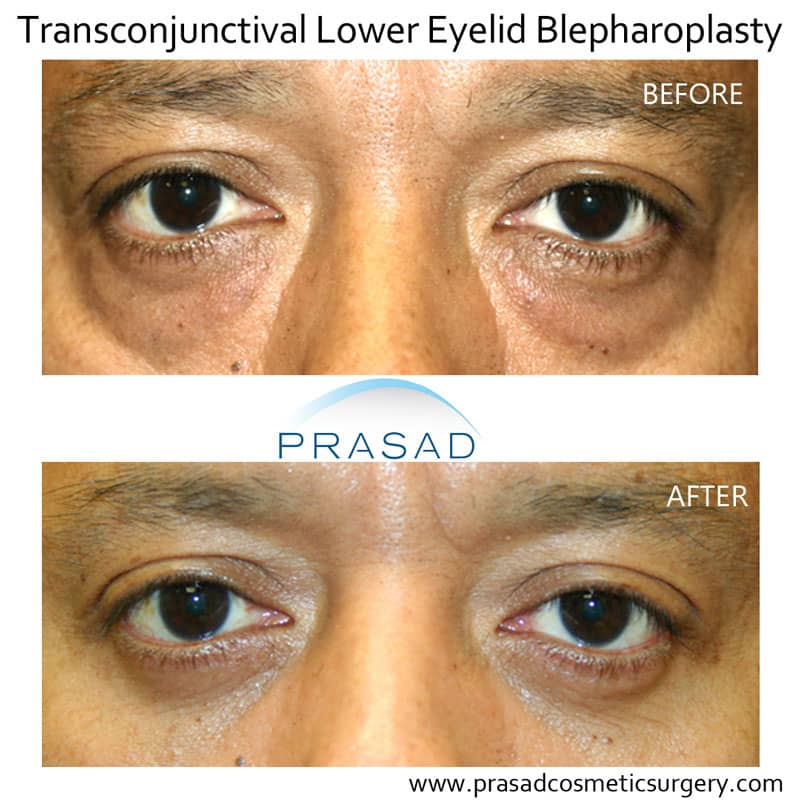
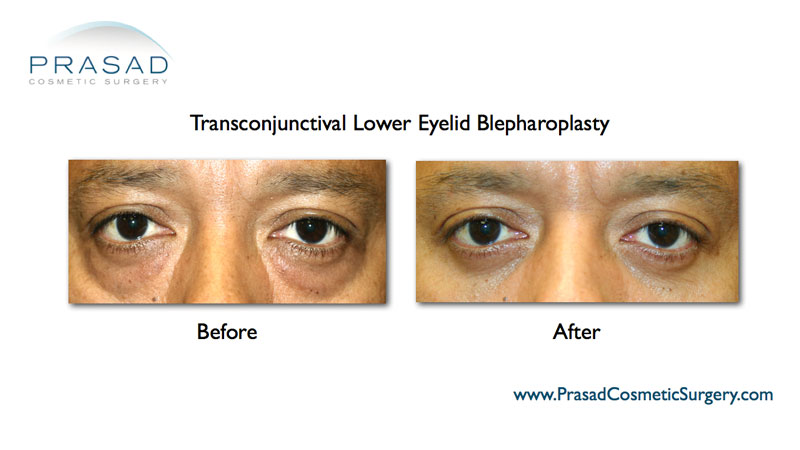
Patients who come to me after having their under eye bags treated elsewhere frequently express concern about a lack of volume under their eyes, also known as appearing hollow. We frequently see patients who have had treatment for hollowness by another doctor and come to see me because they have eye bags.
What Causes Puffy and Hollow Under Eyes?
There are several conditions that can cause both puffy eye bags and hollowness at the same time. The most common example is when the elevation of under eye bags causes the lower eyelid to appear hollow. This is analogous to a mountain next to a valley, where the height of the puffiness makes the adjacent area appear relatively hollow.
In such cases, people frequently only notice hollowness, not realizing that the hollowness is caused by eye bags. In these cases, sculpting and reducing the fat that causes the eye bags can significantly improve the patient’s perception of a hollow appearance.
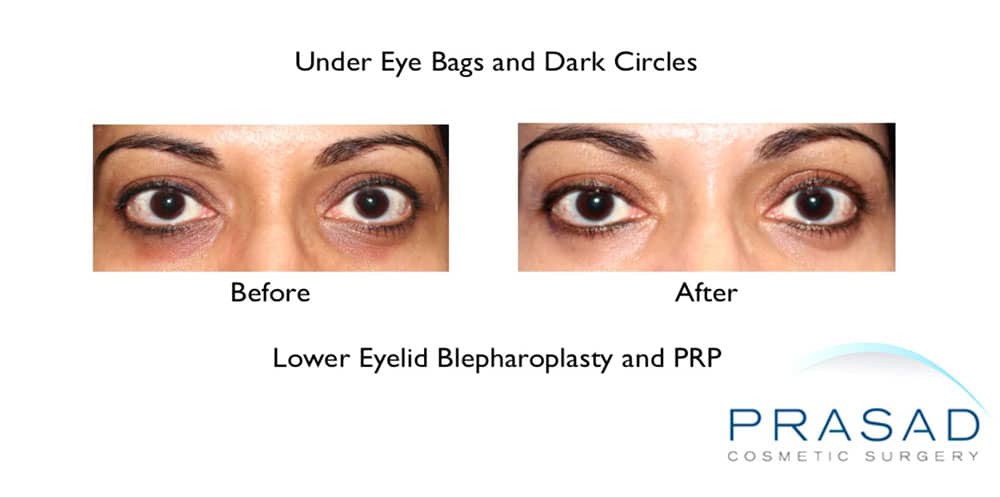
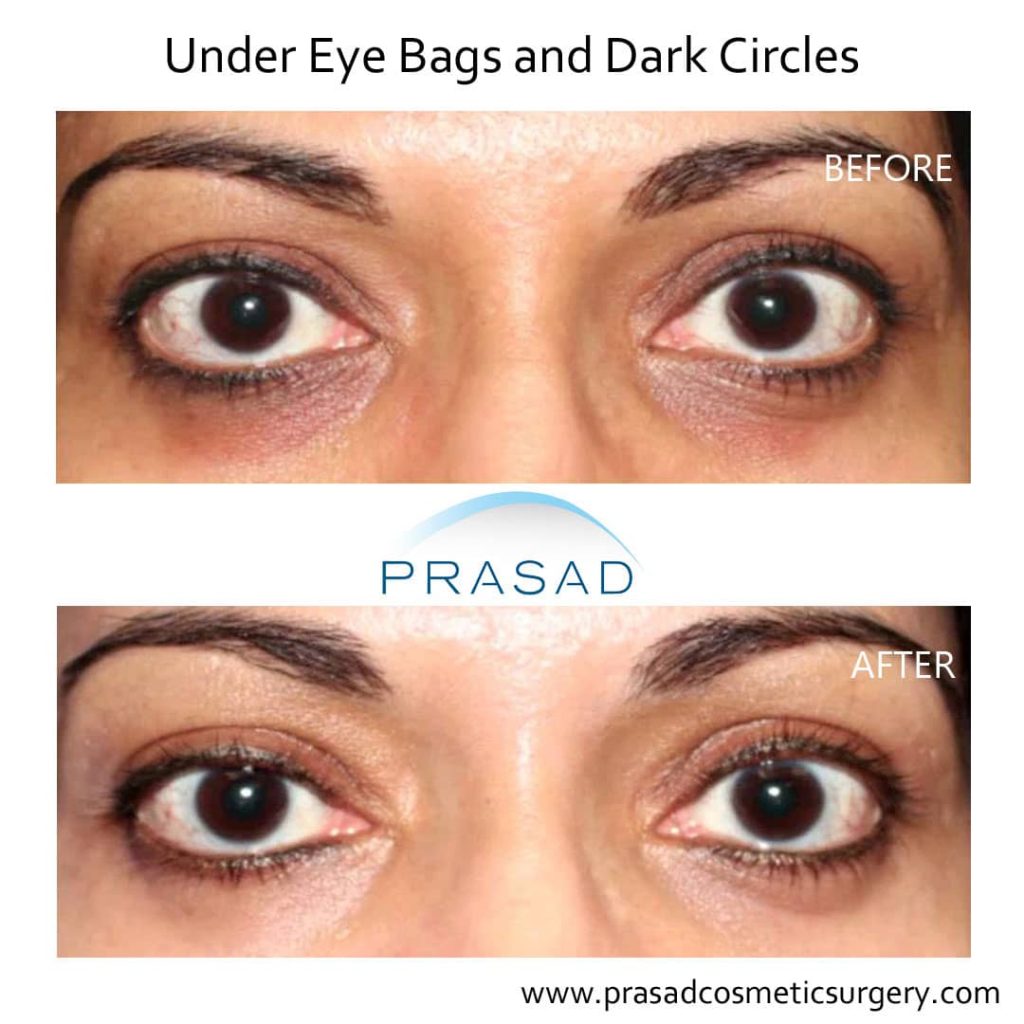
Under Eye Puffiness Treatment
When I treat under eye bags surgically, I sculpt the fat to create a natural appearance, with the goal of making you appear as if you never had eye bags. In contrast to the more common transcutaneous blepharoplasty, I perform this type of lower eyelid surgery using a technique called transconjunctival blepharoplasty.
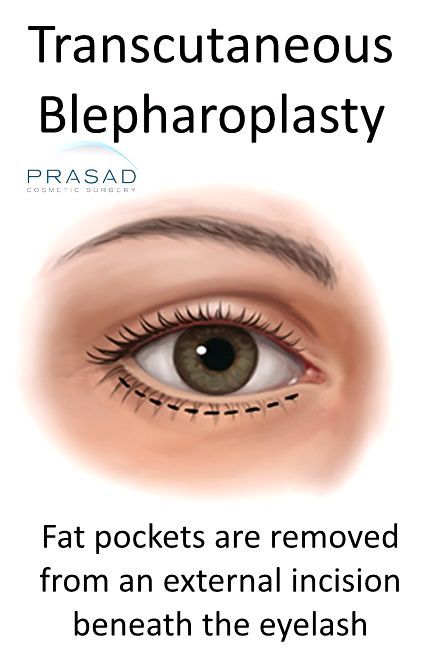
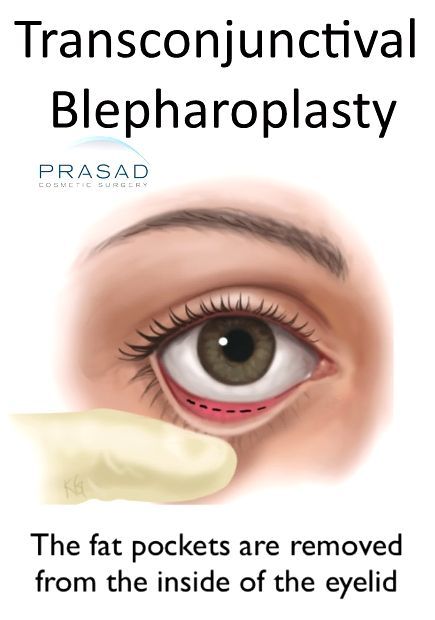
The fat pockets responsible for the eye bags are accessed from behind the eyelid during transconjunctival blepharoplasty, so no external or outside incisions are made on the lower eyelid. My patients can see themselves with a more natural appearance after I perform this technique, as if they never had eye bags. I’m also able to avoid the common complications of an external incision.
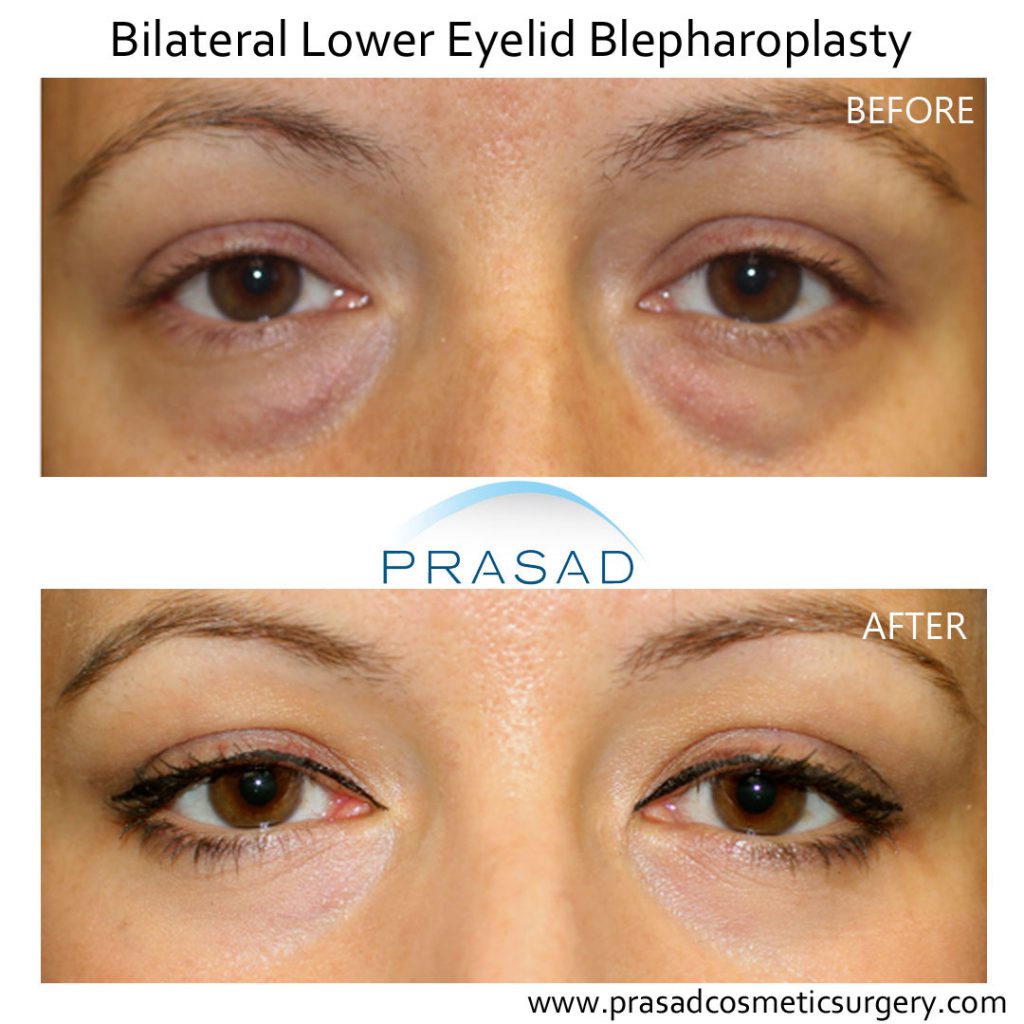
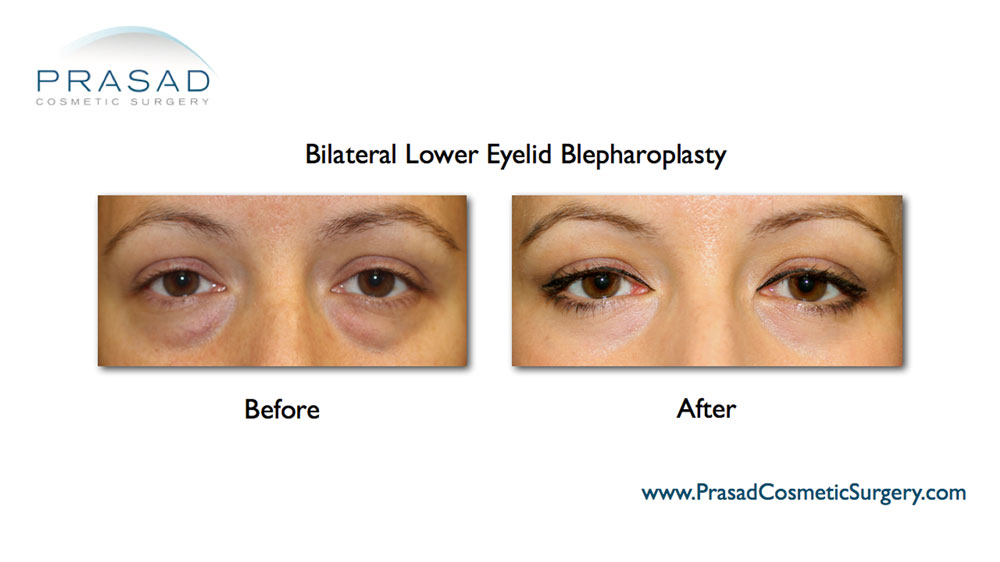
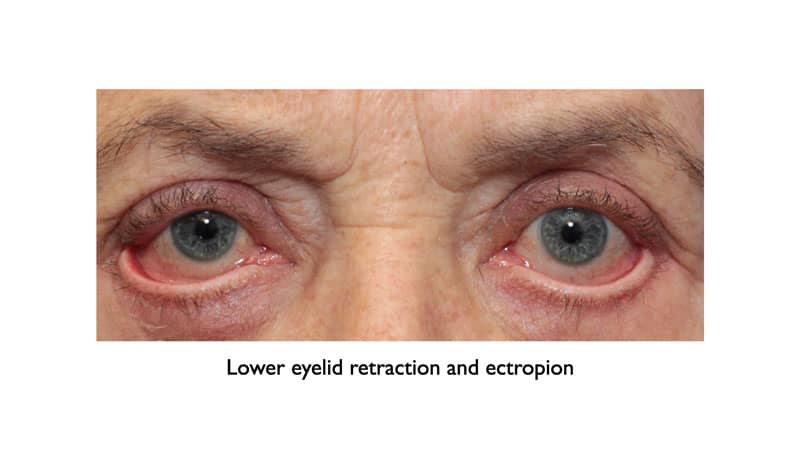
Under Eye Puffiness and Wrinkles
When my patients want to improve the appearance of wrinkles under their eyes, I generally do not remove skin, but rather improve the eyelid skin quality with non-surgical treatments such as platelet-rich plasma, or PRP, to thicken the skin, improve texture, and stimulate collagen, and laser treatment to improve the superficial and deeper layers of the skin.
Related: Read Why Laser for Under Eye Bags Don’t Work for Puffy Under Eye Bags
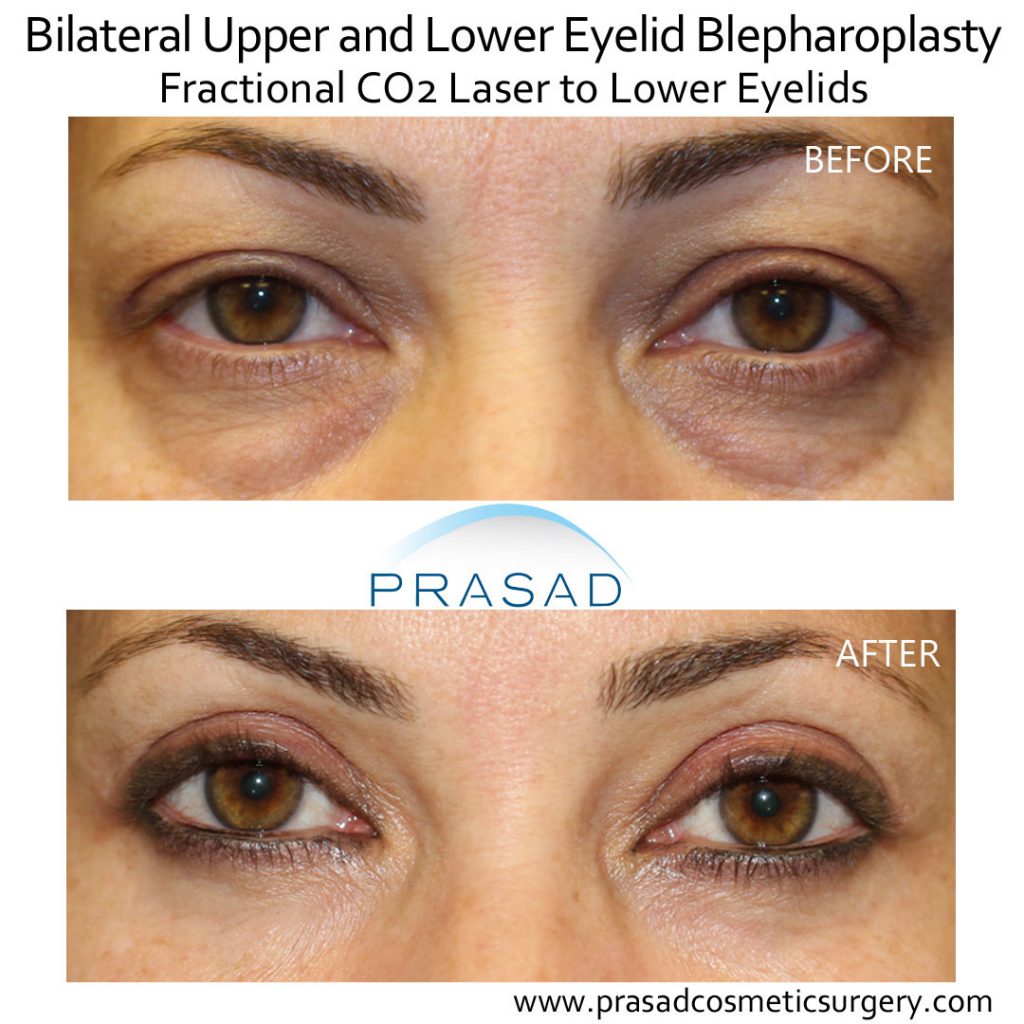
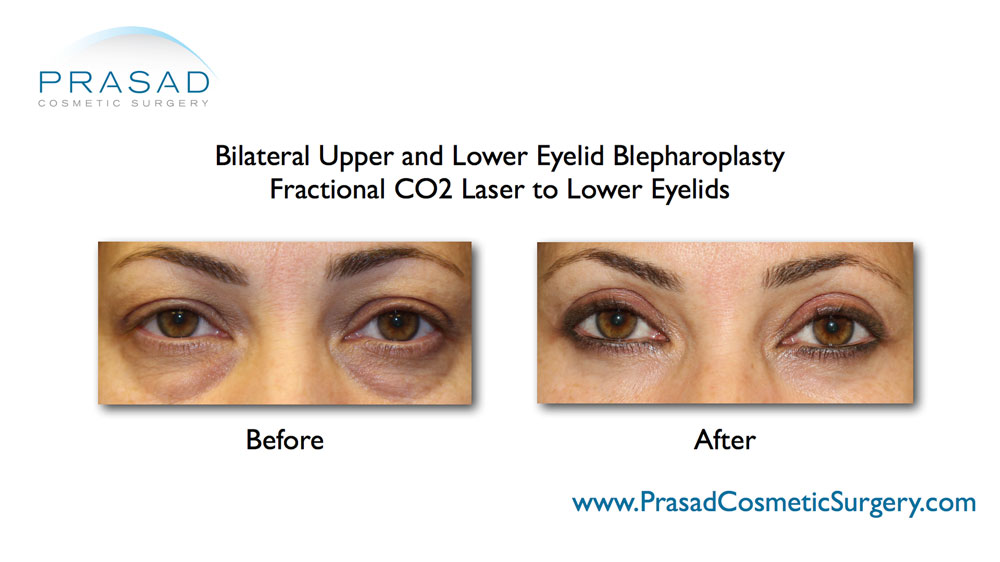
Hollow Under Eyes Treatment
When the fat pockets are large enough, the underlying hollowness in the tear trough and cheek is hidden. Although some doctors advocate for procedures such as fat transposition into the tear trough, I consider these to be imprecise and unpredictable. After treating the under eye bags, I advise my patients that volume enhancement of the tear trough and cheek can be done safely and predictably with hyaluronic acid fillers.
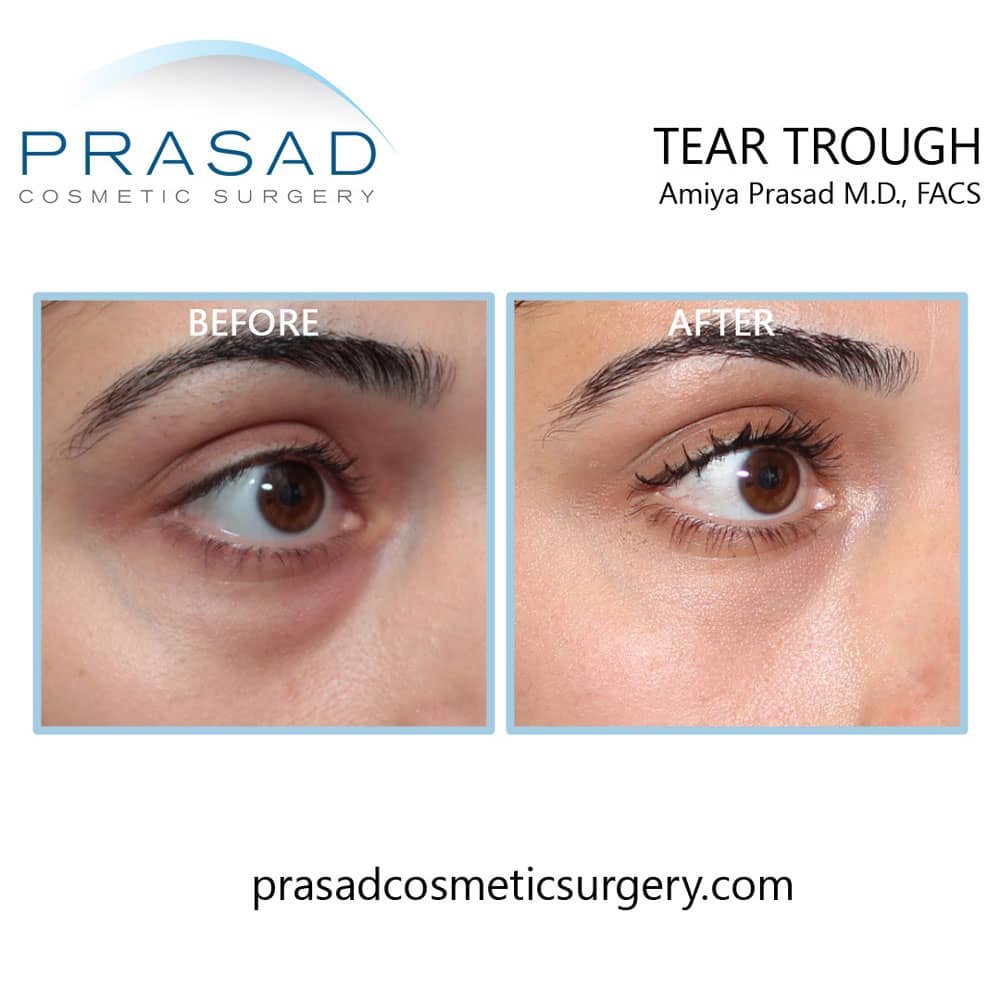
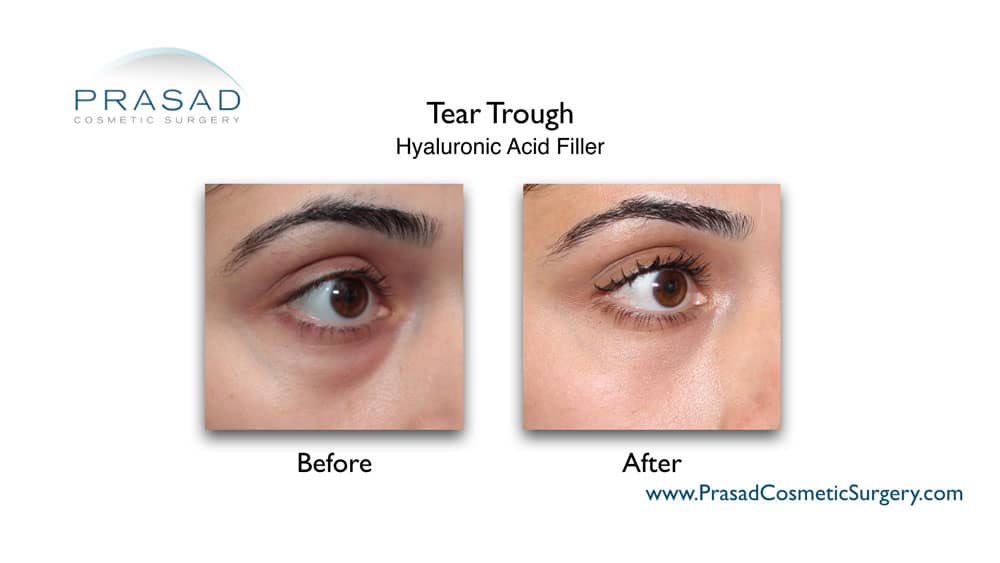
Under Eye Puffiness and Lack Cheek Bone Projection Treatment
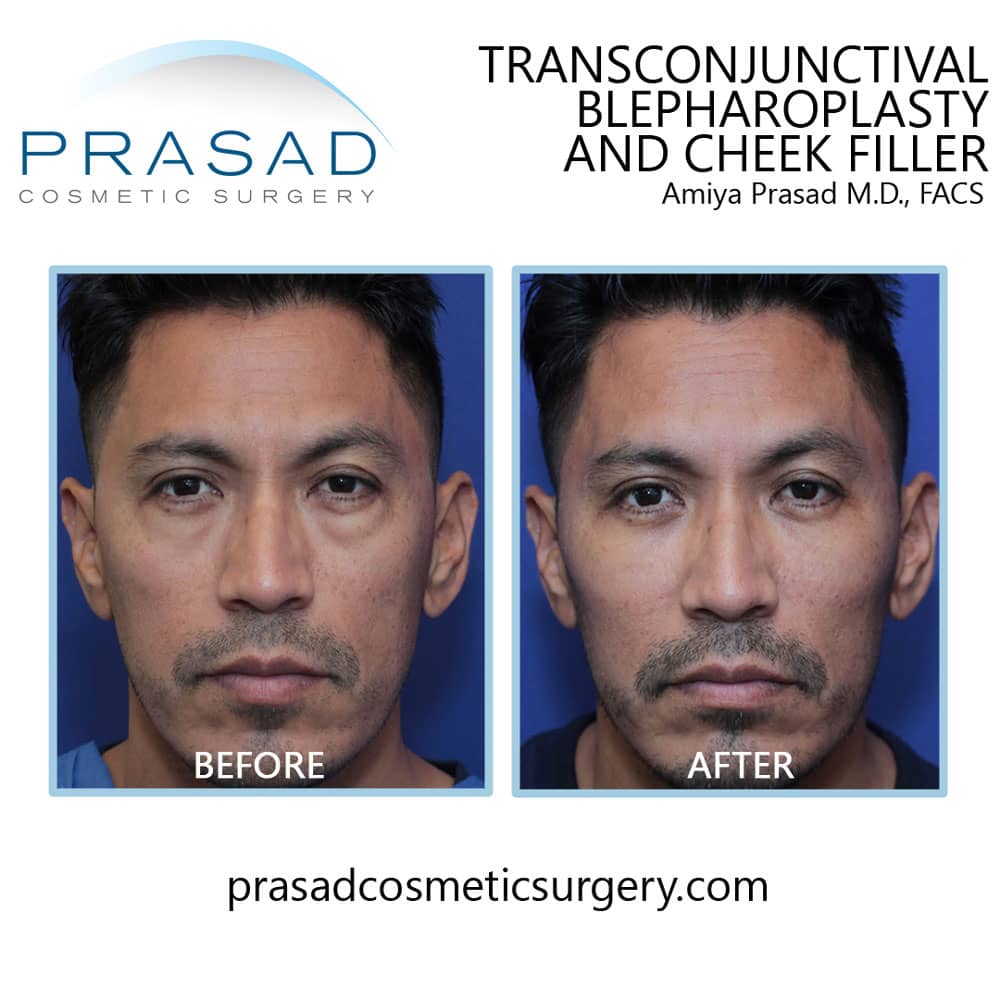
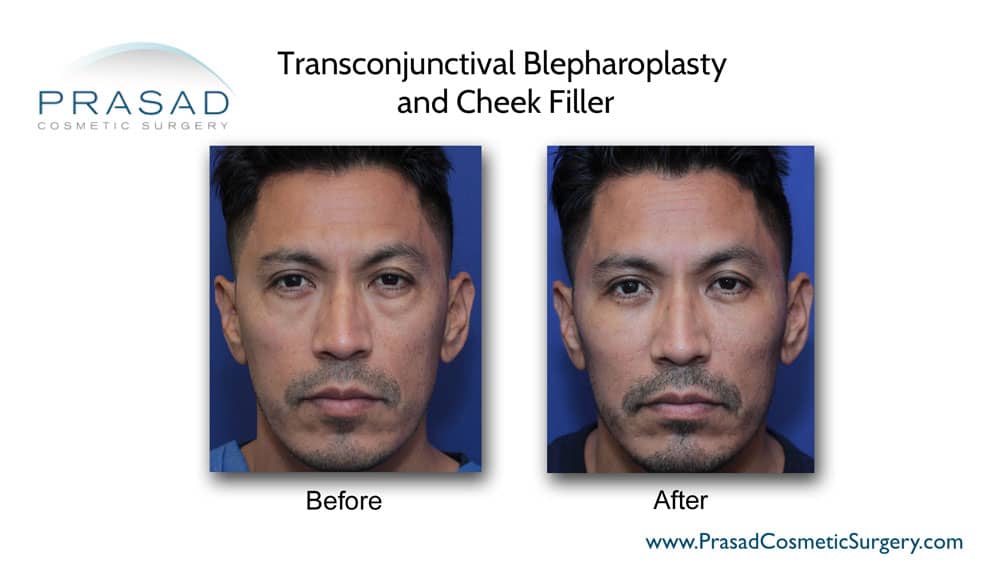
I approach volume correction on the cheek bones a little differently than most doctors. I employ a technique known as Structural Volumizing, in which the filler is placed beneath the muscle layer at the bone level. When placed in this area, the filler becomes much more stable and provides solid structure and definition to the cheeks, creating a natural, youthful appearance.
I use fillers that last longer, such as Juvederm Ultra Plus or Juvederm Voluma. More traditional methods of filler placement in the cheeks right under the skin frequently result in the filler migrating and appearing soft and doughy.
